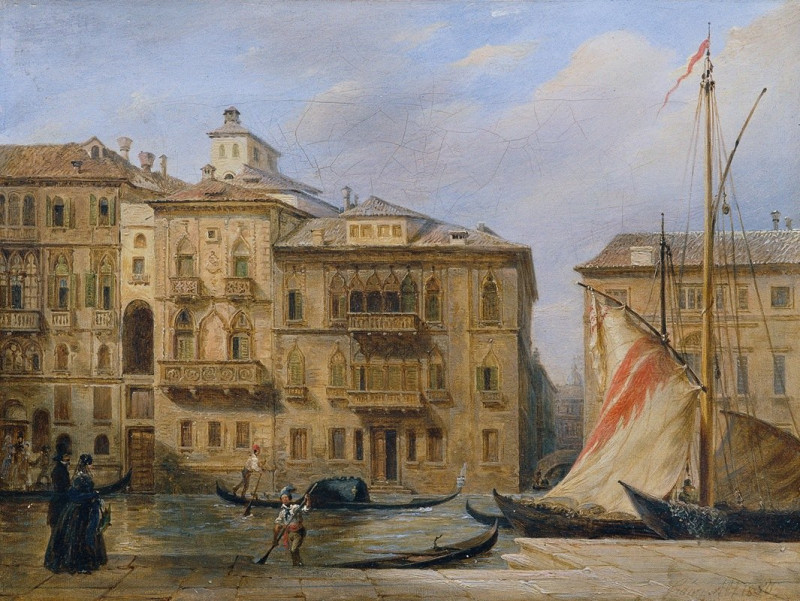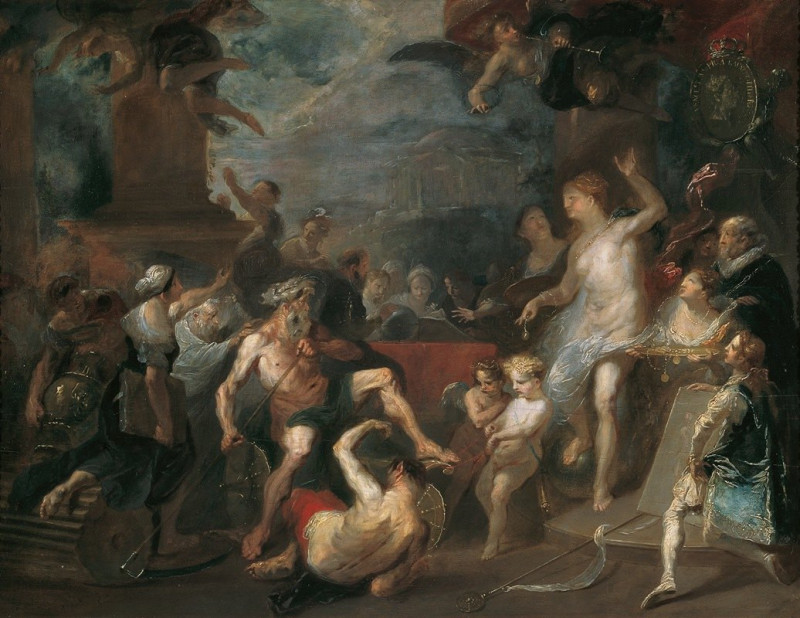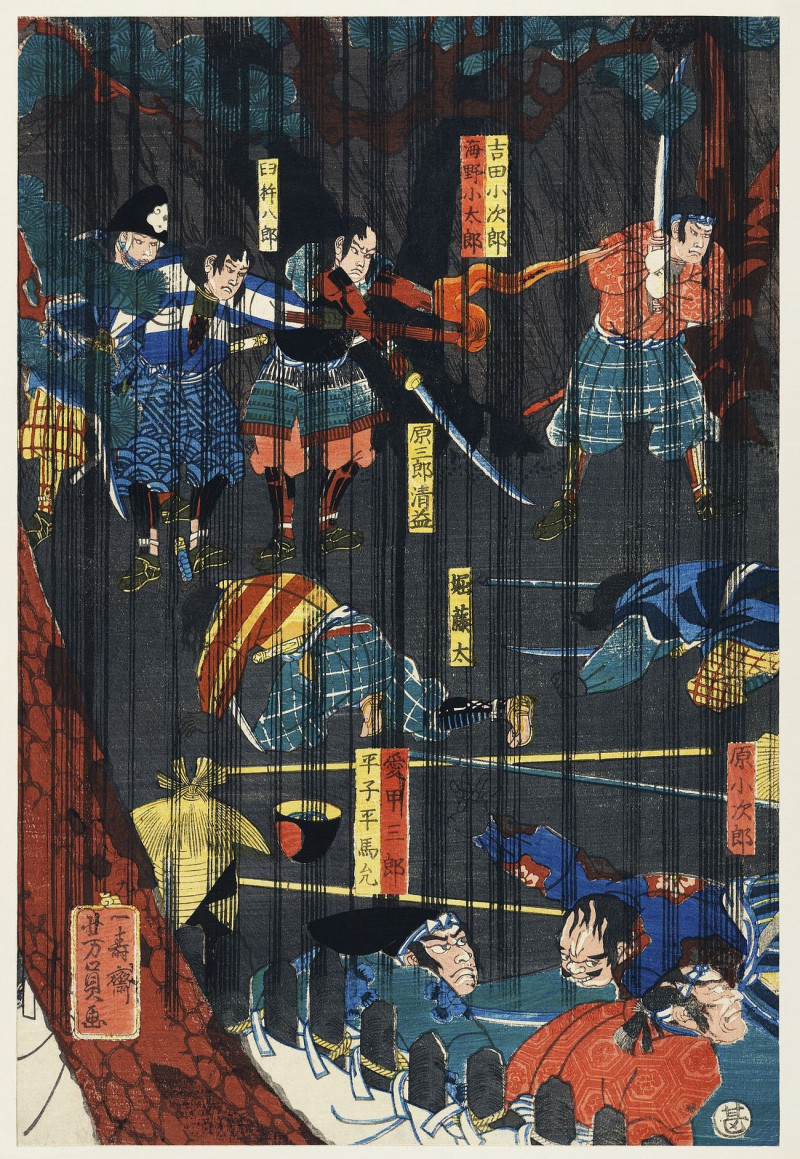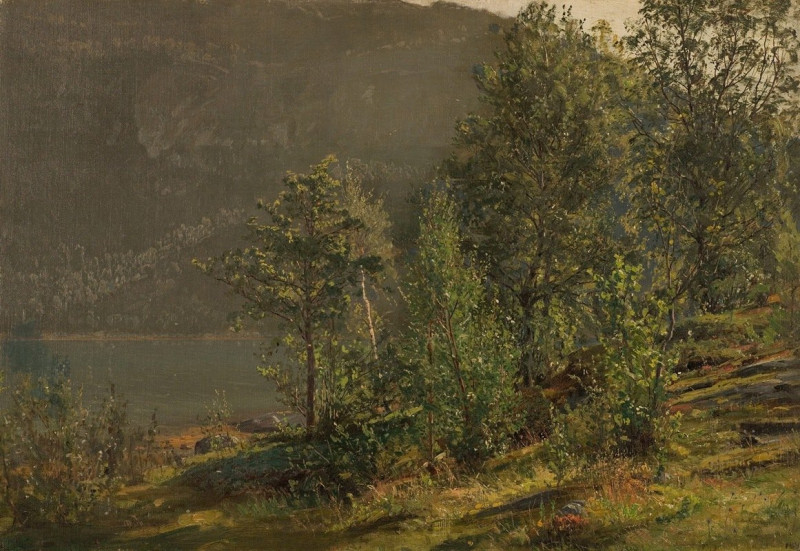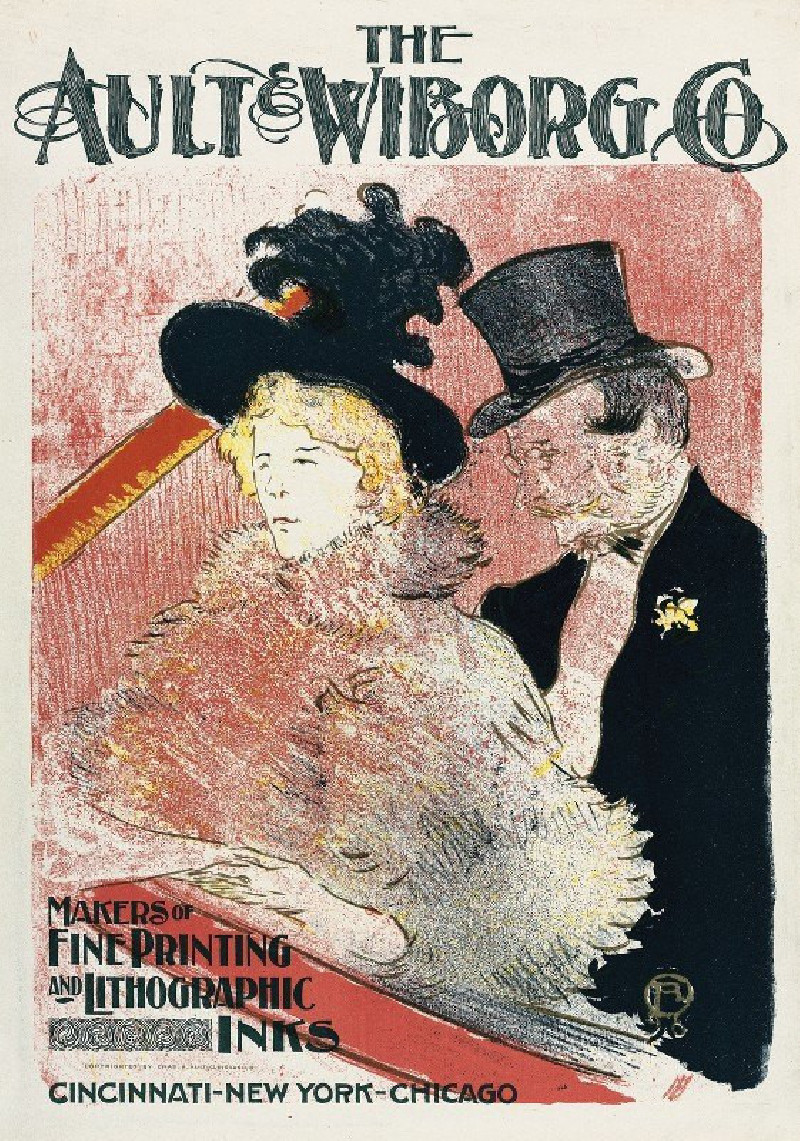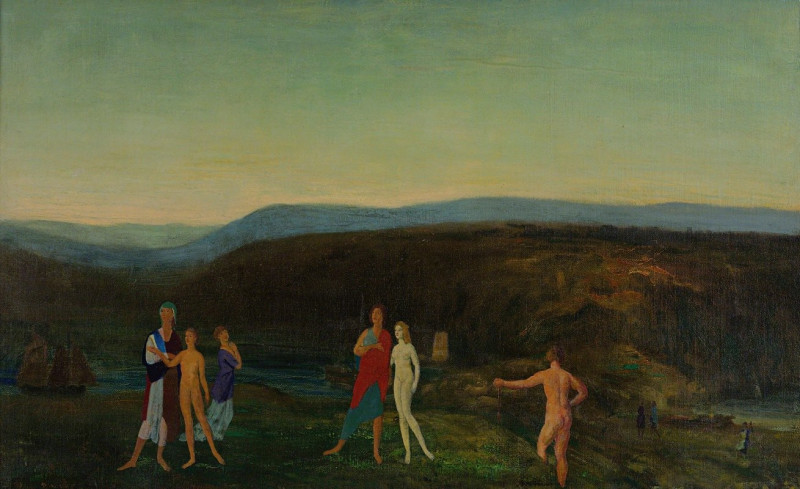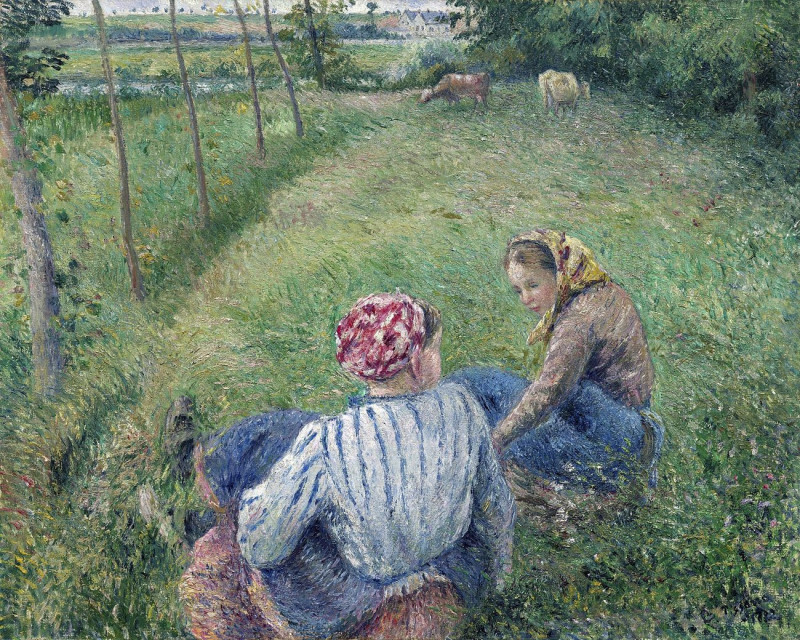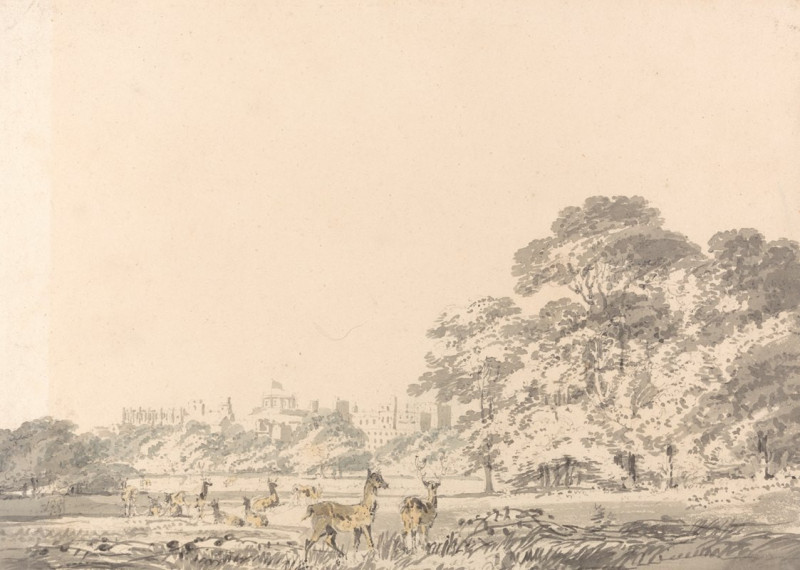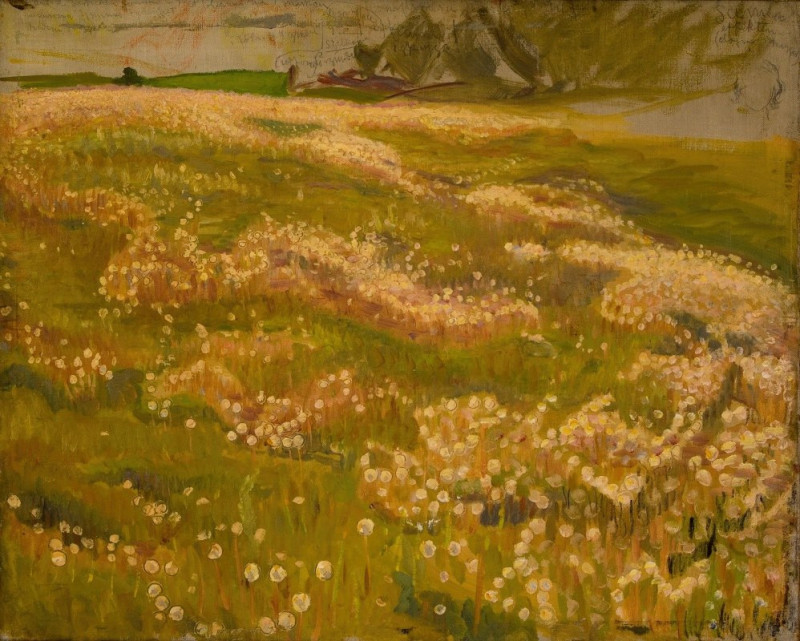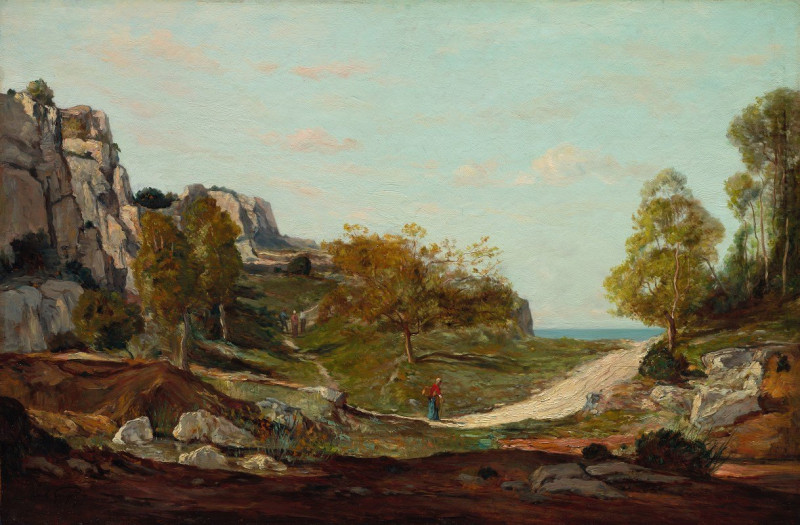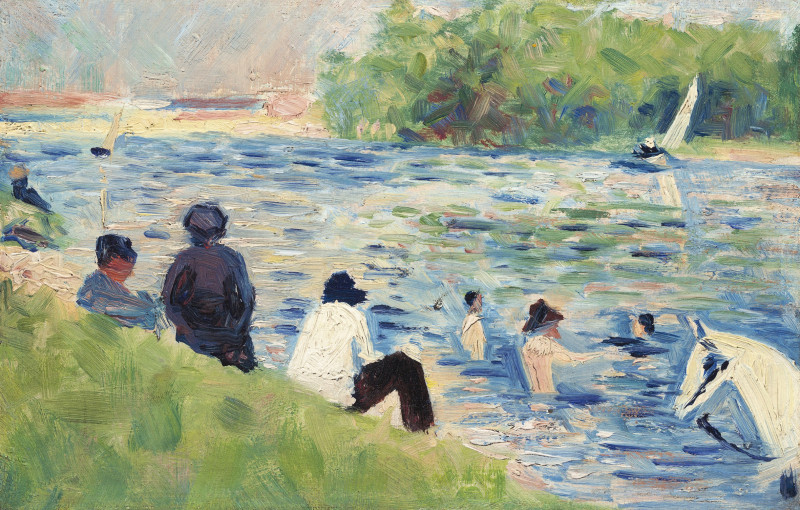Piette'S House At Montfoucault
Technique: Giclée quality print
Recommended by our customers
More about this artwork
This beautiful painting, "Piette's House at Montfoucault," by Camille Pissarro, is a vivid depiction of a winter scene. The artwork masterfully captures a snowy landscape using a rather muted, yet impactful palette, primarily consisting of whites, blues, and greens, highlighting the chilly and serene atmosphere of a winter day.In the painting, we see a large, appealing house in the background, which is covered in snow, underscoring the wintry setting. Its constructed elements, including the windows and the architecture itself, are rendered in a manner that allows them to softly blend into the snowy environment, while still maintaining enough definition to be a focal point.Surrounding the house, various evergreen trees heavily laden with snow enhance the wintery feel. These trees seem to guard the house, adding depth and texture to the scene with their dense, frosty branches.In the foreground, a pathway leads up to the house. On this path, two figures—likely local residents—are depicted. Their presence adds a human element to the scene, infusing it with life and activity despite the cold surroundings. The figures appear to be engaged in a casual walk, perhaps returning to the warm refuge of the house after a walk in the snow.Camille Pissarro's brushwork is loose and expressive, typical of the Impressionist style, giving a sense of movement and spontaneity to the scene.
Delivery
Returns
Blessed are they who see beautiful things in humble places where other people see nothing. — Camille Pissarro
Camille Pissarro (1830-1903) was born on St.Thomas (now the US Virgin Islands) to a Portuguese father and a Dominican mother. He went to Paris to study art at Ecole des Beaux-Arts. He was an early pioneer of pointillism and neo-impressionism and later became a mentor of many famous impressionist painters including Cezanne, Manet, Renoir, and Gauguin. His paintings depicted rural and urban French landscapes and lifestyle. Many of his works politically captured images of peasants and laborers. Today, he is considered the father of impressionism.
































